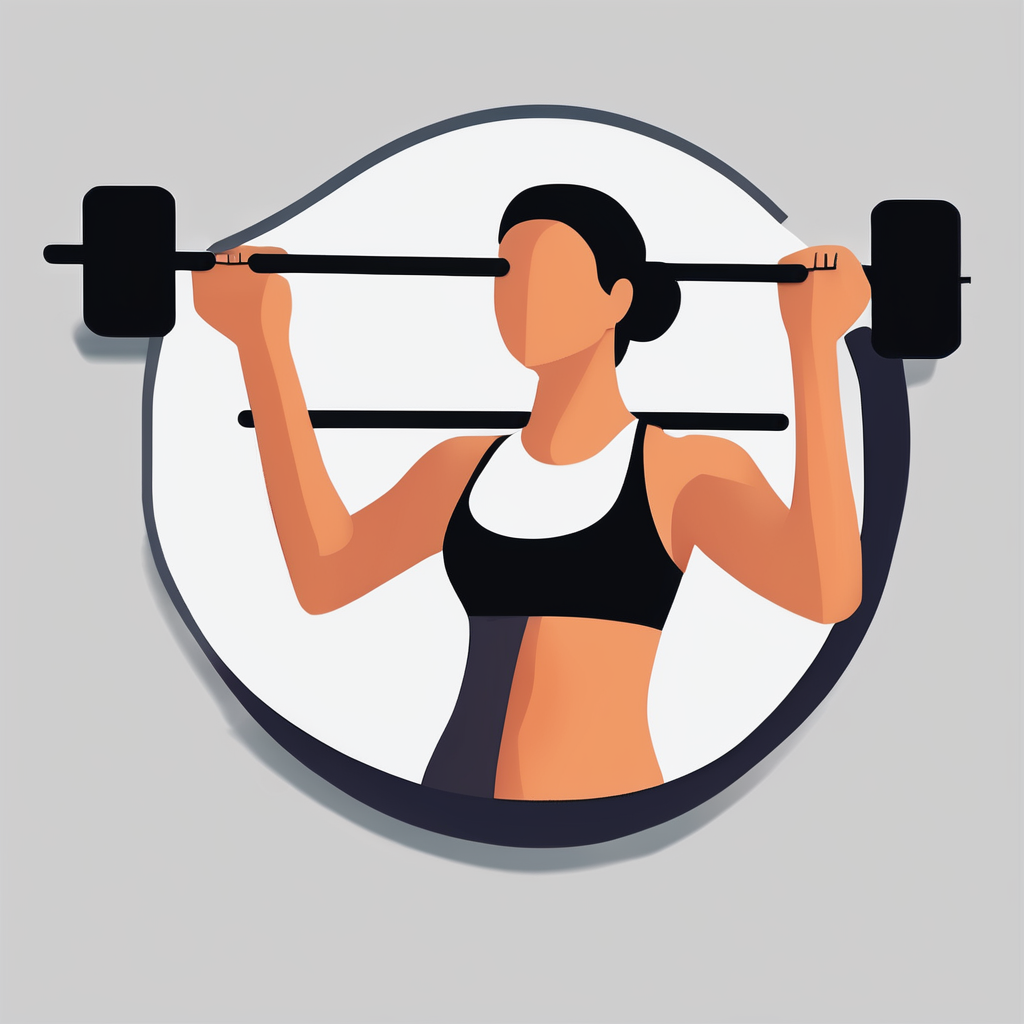The world of fitness training is vast, with an array of exercises designed to test, tone, and strengthen different parts of your body. The tools you choose to carry out these exercises can have a significant effect on the results you achieve. Two of the most popular tools in the fitness community are kettlebells and dumbbells. While both are effective for developing muscle strength, they have distinct characteristics that may impact muscle activation, especially when performing exercises like bicep curls.
The Fundamentals of Dumbbells and Kettlebells
Before we delve into the heart of the discussion, it’s crucial to understand what dumbbells and kettlebells are, and how they contribute to your workout.
In the same genre : Can caffeine consumption prior to workouts significantly enhance muscle endurance?
Dumbbells are weights with a bar in the middle, allowing for a balanced distribution of weight on either side. They are commonly used in pairs, enabling you to work both sides of your body simultaneously. This symmetrical design allows for isolated muscle activation, making them perfect for exercises like bicep curls.
On the other hand, kettlebells are spherical weights with a single handle on top. The weight is focused at the base, creating an uneven distribution that requires more balance and coordination to control. This design stimulates more of your body, promoting overall muscle activation, and making them ideal for total body workouts.
Also read : How to incorporate plyometrics for explosive strength in weightlifters?
Muscle Activation in Bicep Curls: Dumbbells vs. Kettlebells
Now, let’s discuss how these tools affect muscle activation when performing bicep curls.
When you perform a bicep curl using a dumbbell, the weight is evenly distributed, allowing you to focus solely on the targeted muscle – the bicep. The direct and isolated force applied on the bicep means there’s a significant amount of muscle activation in this region, promoting strength and muscle growth.
Contrarily, kettlebells, due to their unique design, engage more muscles during a bicep curl. The weight of the kettlebell is centred at the base, causing your body to work harder to maintain control and balance. This results in increased activation not only in your biceps but also in your forearms, shoulders, and core muscles.
The Impact of Training Variation
Variation in your workout routine is a key factor in muscle development and strength.
When using dumbbells for bicep curls, you can easily adjust the weight, allowing you to gradually increase the intensity of your training. This progressive overload is critical for muscle building. Moreover, the use of dumbbells allows for a variety of exercises that target different muscle groups, promoting balanced muscle development.
Kettlebells, however, offer a different kind of variation. As they activate more muscles during a single exercise, they offer a comprehensive workout. Furthermore, kettlebell exercises often involve dynamic movements, promoting functional fitness – a form of training that prepares your body for real-life movements and activities.
The Role of Fitness Goals
Your choice between kettlebells and dumbbells for bicep curls should align with your fitness goals.
If you aim to build muscular size and definition particularly in your biceps, using dumbbells for curls may be more beneficial due to their targeted muscle activation. They will help you to focus solely on the task at hand, stimulating growth and strength in your bicep muscles.
However, if your goal is overall strength improvement or weight loss, kettlebells could be a better choice. Their unique design promotes increased muscle activation, burning more calories and enhancing total-body strength and functional fitness.
Safety and Efficiency Considerations
Lastly, it’s important to think about safety and efficiency.
Due to the balance and control required when lifting kettlebells, there is an increased risk of injury if not used correctly. They demand proper technique and form, which may be challenging for beginners.
Dumbbells, on the other hand, are generally safer and easier to use. The symmetrical weight distribution reduces the risk of imbalance-related injuries, and the straightforward design makes them suitable for all fitness levels.
In terms of efficiency, both dumbbells and kettlebells have their advantages. Dumbbells allow for targeted muscle activation, making them highly efficient for building specific muscles like biceps. Kettlebells, however, provide a whole-body workout in a single exercise, offering a time-efficient solution for those with busy schedules.
Google Scholar Studies and Empirical Evidence
A wealth of information is available on the differences in muscle activation when using dumbbells vs kettlebells for bicep curls. Many Google Scholar articles have published studies that scientifically back up what we’ve discussed so far.
A study published in the Journal of Strength and Conditioning Research compared the overhead press with kettlebells and dumbbells. The researchers found that while both tools were effective for improving muscle activation, the kettlebell was superior at activating the anterior deltoid muscle and core muscles due to its design and the grip strength required.
In another study examining the bench press, researchers observed that the dumbbell activated more muscle groups in the arm, including the biceps, than the kettlebell. This can be explained by the even weight distribution of the dumbbell, allowing for an isolated muscle activation ideal for targeted strength training exercises like bicep curls.
These studies support the notion that for exercises focused on activating specific muscles, such as the bicep curl, dumbbells can be more effective. Conversely, kettlebells are more suited to full-body exercises, due to their ability to activate a range of muscle groups.
Biomechanical Differences: Range of Motion and Center of Mass
Beyond muscle activation, the biomechanical differences between kettlebells and dumbbells also need to be considered.
The range of motion refers to the full movement potential of a joint, typically its range of flexion and extension. For a bicep curl, the range of motion is the arc your arm makes as you lift and lower the weight. Dumbbells, with their symmetrical design, allow for a complete range of motion, ensuring maximum muscle activity during the exercise.
The center of mass for a dumbbell is right in the middle of the handle, whereas for a kettlebell, it extends beyond the hand. This difference in the center of mass can affect the control, stability, and ultimately, the muscle activation during the workout. The shifting center of mass of the kettlebell adds to the challenge of the exercise, increasing muscle activity in the arms and core.
Conclusion: Dumbbells vs Kettlebells for Bicep Curls
In summary, both kettlebells and dumbbells offer unique benefits depending on your fitness goals.
If you’re looking to enhance the size and definition of your biceps with targeted muscle activation, dumbbells are the superior choice. They allow for a complete range of motion, optimized muscle activity, and safe, balanced resistance training.
Alternatively, if your goals extend beyond bicep development to include overall strength training, improved functional fitness, and caloric burn, kettlebells have the edge. They challenge not just your biceps but other muscle groups, too, promoting total-body strength and enhanced grip strength.
Remember, safety should always be your priority. Always ensure you use the correct technique and form, especially when lifting kettlebells, to reduce the risk of injury. With the right knowledge and careful application, both dumbbells and kettlebells can be integral tools in your fitness journey.






